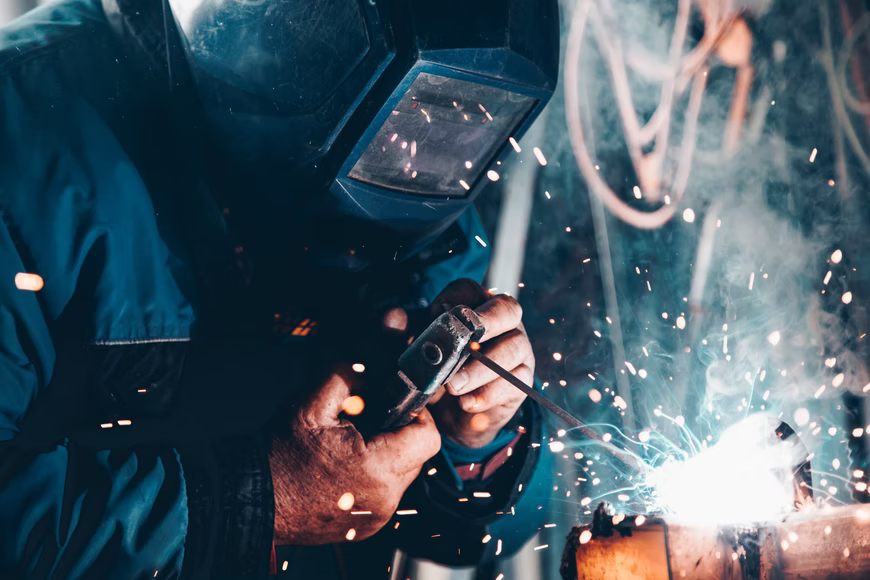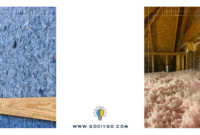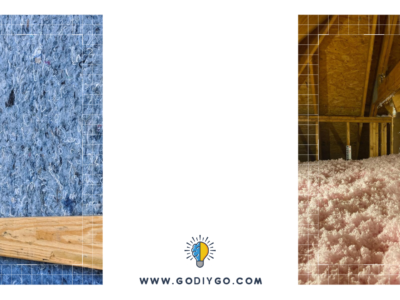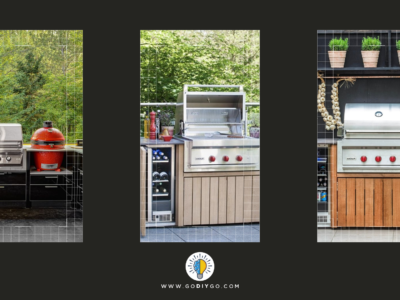Any sort of welding mistake can be costly and time-consuming, so it is best to prevent them from happening altogether.
Defects are a common welding mistake that you should try to avoid making. Defects happen when the welds in a joint do not have a good enough bond between the two pieces of metal being joined together. Defects can cause problems with structural integrity, reliability, and durability.
In today’s post, we will take a look at some of the most common welding mistakes that you need to know about!

1. Poor Preparation
Before you start welding or twisting any metal, it is important that the surface looks good and that there are no imperfections. An excellent way to do this is to use a wire brush at first. This will remove all of the paint, rust, grease, oil, and anything else before you begin the process. In order to avoid welding defects, you should do a thorough cleaning. If a wire brush did not get rid of everything, then it’s time to resort to sandpaper. When you sand through the various different levels of grit, you make sure that the metal has been prepared correctly and that you are less likely to encounter any unpleasant issues. Some metals need to be cleaned more thoroughly than others.
2. Improper Welding Techniques
Welding is not as simple as just joining two pieces of metal together. There are specific techniques that you need to use in order to achieve the best possible welds. If you do not use these techniques, then you could end up with defects. Make sure you practice at home with some scrap metal, so you can get the techniques down pat before you try them on a real-life project.
When welding, it is important to have the right angle between the two pieces of metal being joined together.
If this angle is not correct, then it can lead to poor welds and defects. In order to get the perfect angle, use a welding jig or welding table.
3. Poor Post Welding Clean Up
Just like with the preparation, it is important to clean up properly after welding. This means removing all of the slag and flux from the weld area. If you don’t remove this slag, then it can easily become trapped among the weld, which is a recipe for defects. It is important to use the proper tools in order to get rid of all of this slag. If you are using an angle grinder, then make sure that you wear all of the necessary protective gear, such as goggles.
4. Welding with Dirty Equipment
It is important to keep your welding equipment clean at all times. This means keeping the dust, dirt, oil, and other contaminants away from the equipment. If any of these contaminants get into your equipment, then you will have issues with the quality of the welds as well as defects. Make sure that you do a thorough regular cleaning of all of your equipment before using it again.
5. Using Cheap Metals
Low-quality metals are often the cause of defects. If you try to weld two pieces of metal together that are made from different types of metal, then you are setting yourself up for failure. For example, stainless steel can be expensive and is often not used in construction or welding projects because it is not the most affordable option. If you try to weld this type of metal onto another piece of metal that has a different melting point, then you will have issues with the quality of your welds as well as defects. You should never try to save money by using inferior metals.
6. Welding the Wrong Way on a Joint
Defects happen when you don’t know how to properly weld together different pieces of metal so that they hold together in the correct way. This means matching up the right pieces of metal together, which is often called welding the wrong way on a joint. When you weld in this way, it can cause the weld to be brittle and weak. Make sure that you take the time to learn how to weld correctly so that you don’t end up with these types of defects.
7. Welding Thin Metal
Welding thin metal is one of the most common causes of defects. This is because thin metal is not as strong as thicker metals, and it can be more difficult to weld properly. When you weld thin metal, you need to make sure that you use a much slower welding speed so that you don’t end up with any defects. You should also use a smaller welding electrode so that you have more control over the weld.
8. Not Preheating the Metal
If you don’t preheat the metal before welding, then you are setting yourself up for failure. This is because if you try to weld cold metal, it will be much harder to weld, and you will likely end up with defects.
Make sure that you heat the metal up to the correct temperature before welding it so that you can avoid any problems.
9. Welding in a Hurry
Welding in a hurry is one of the biggest causes of defects. When you are in a hurry, you are more likely to make mistakes and this will lead to poor welds and defects. Make sure that you take the time to do the job right so that you don’t have to deal with any of these issues later on down the road.

If you are looking to avoid welding mistakes, it is important that you take the time to learn how to weld properly. If you don’t know how to weld correctly, then your welds will likely be defective and may even break down in the future due to improper techniques. Make sure that when prepping metal for a project or just trying out new metals, that they are heated up before any actual welding takes place so that there is no weakening of the metal’s integrity during this process. Using cheap metals can also cause problems with your final product.
















